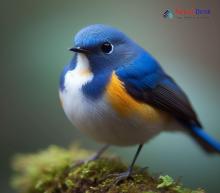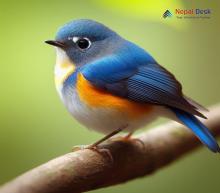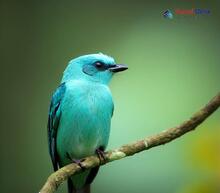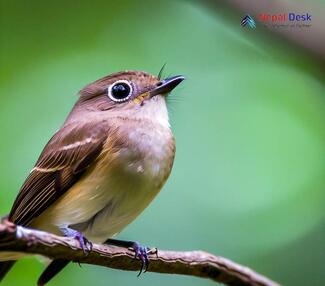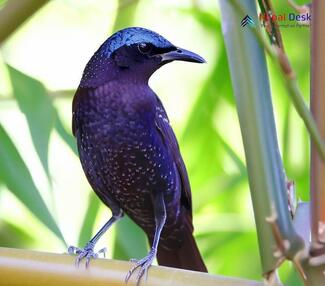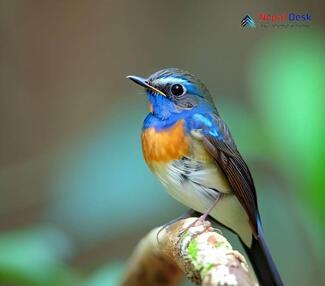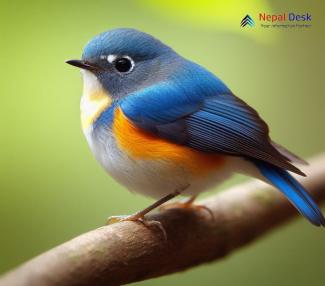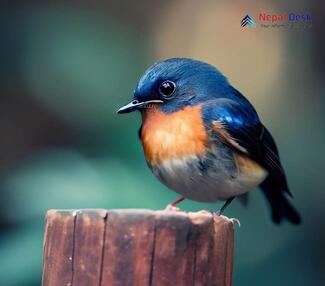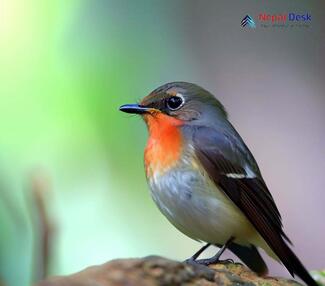The breathtaking Himalayan nation of Nepal is home to an exceptionally diverse array of bird species, including the fascinating subfamily Muscicapinae. As part of the larger Muscicapidae family, this captivating group of birds is characterized by its enchanting melodies and stunning plumage that capture the hearts of both professional ornithologists and bird enthusiasts alike. Join us as we delve into the world of Muscicapinae in Nepal, a bird lover's paradise.
The Alluring Charm of Muscicapinae
Muscicapinae is a diverse subfamily that can be broadly classified into two groups: flycatchers and chats. These picturesque birds display a dazzling assortment of colors, from ultra-bright oranges to deep blues. Apart from their remarkable appearance, they are also known for their melodious and varied songs that often fill the crisp air in the evenings across Nepal.
These small-to-medium-sized birds boast unique characteristics like large dark eyes, short legs, and agile bodies. Members of this subfamily are primarily insectivorous, expertly capturing prey mid-air with their fast reflexes and precise beak action.
Muscicapinae in Nepal: A Birdwatcher's Delight
Avid birdwatchers trekking through Nepal's diverse habitats are likely to come across several captivating species from the Muscicapinae subfamily. From dense forests to alpine meadows at higher altitudes, each location offers an opportunity to encounter these beautiful creatures in their natural environment.
Among Nepal's most iconic members of the Muscicapinae group is the Red-flanked Bluetail (Tarsiger cyanurus), favored for its striking combination of bright blue tail feathers offset by deep russet flanks. Another noteworthy example is the Spotted Forktail (Enicurus maculatus), characterized by its striking black and white plumage and distinctive forked tail.
Conservation Efforts in Nepal
While the Muscicapinae subfamily continues to enthrall bird lovers, certain pressures like habitat loss, climate change, and poaching pose a threat to their survival in Nepal. Thankfully, various conservation organizations are working to protect these birds and their habitats.
Nepal has designated a total of 27 Important Bird Areas (IBAs) that hold significant populations of endangered or vulnerable species, including members of the Muscicapinae subfamily. Conservation programs aim to raise awareness of the significance of these fragile ecosystems while promoting sustainable development that benefits both the birds and local communities.
In Conclusion
The beguiling charm of the Muscicapinae subfamily endures as one of Nepal's most treasured natural wonders. With increased awareness and preservation efforts from both locals and tourists alike, it is our collective responsibility to ensure these remarkable birds continue to thrive for generations to come. So, the next time you find yourself exploring Nepal's enchanting landscape, keep your eyes peeled for these melodious wonders that grace its awe-inspiring terrain.

